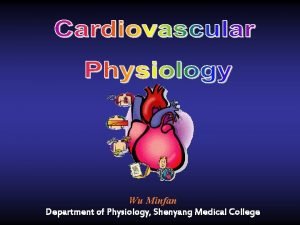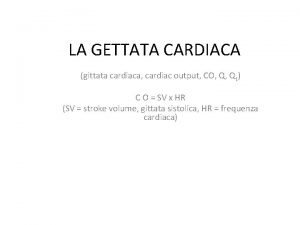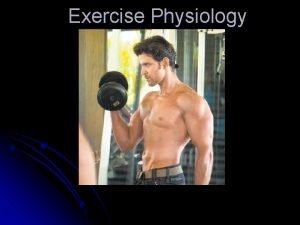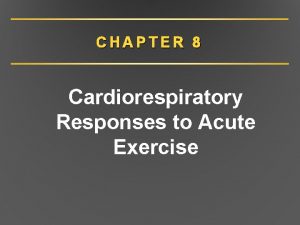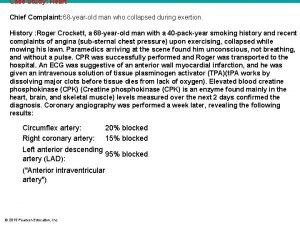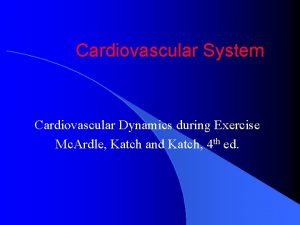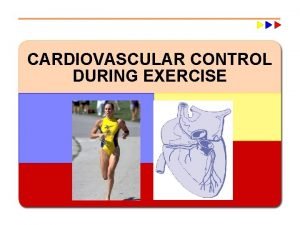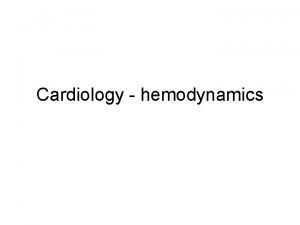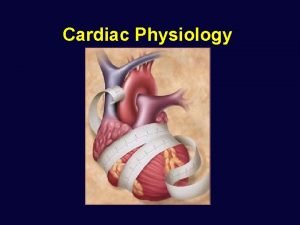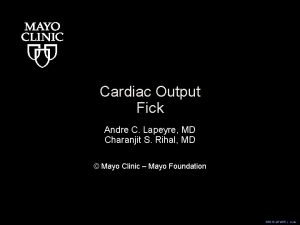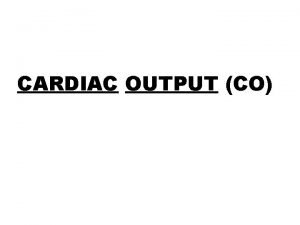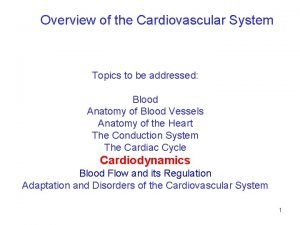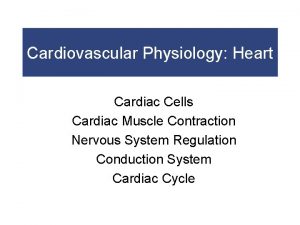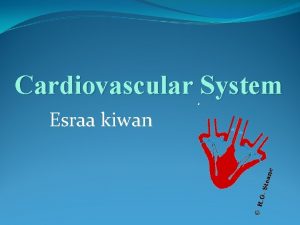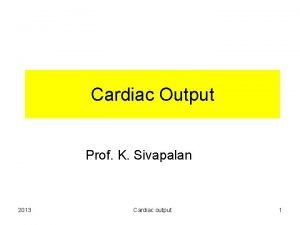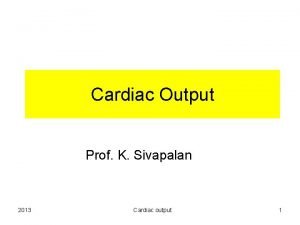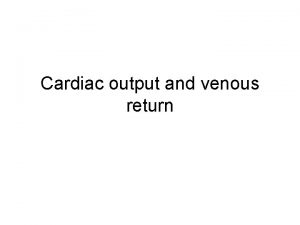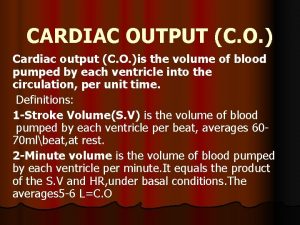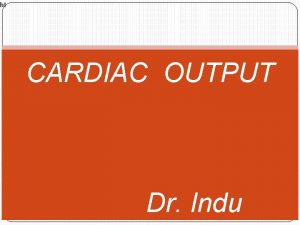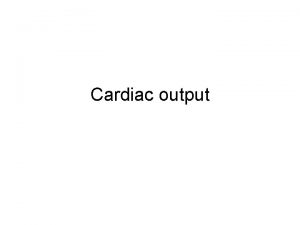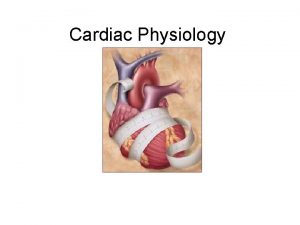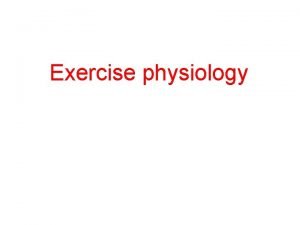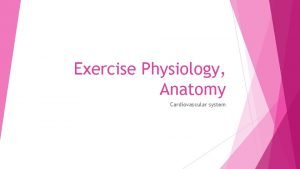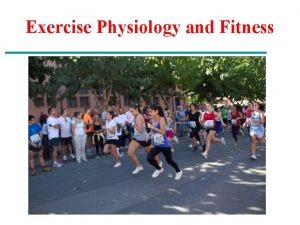Physiology Health Exercise Lesson 4 z Cardiac Output















- Slides: 15

Physiology, Health & Exercise Lesson 4 z. Cardiac Output z. Resting Pulse z. Measuring Blood Pressure

Puzzle z. If you have three oranges and you take away two, how many will you have? 2

Puzzle- answer z. Two. The two you took. 3

Cardiac Output (CO) z Volume of blood pumped by each ventricle per minute z Related to yheart rate (HR) and ystroke volume (SV) z Measured in litres per minute CO = HR x SV 4

Cardiac Output (CO) Example z heart rate (HR) = 72 bpm z stroke volume (SV) = 70 ml z What is the CO? z CO = 72 x 70 = 5040 ml/min z = 5. 04 l/min z As activity level increases CO also increases 5

Average Resting pulse z 60 -100 bpm z Fitter people have a lower resting pulse z E. g. very fit athletes--> 30 -40 bpm z Resting pulse decreases with age z As activity level increases pulse (& Heart rate) increases 6

Activity & CO Activity Level HR (bpm) SV (ml) Rest 72 70 Mild 100 110 Moderate 120 112 Heavy-highly trained athlete 200 150 Calculate the CO in each case CO (l/min) 7

Activity & CO z What is the effect on the following as the work load increases y. Heart rate? y. Stroke volume? z What is the CO principally due to? 8

Blood Pressure (b. p. ) z Measure of force of blood against the walls of the arteries z B. p. highest during systolic phase of cardiac cycle z B. p. lowest during diastolic phase of cardiac cycle z Measured using a sphygmomanometer and stethoscope 9

Blood Pressure (b. p. ) z Measured as raising a column of mercury so units mm Hg. z Reported as 2 numbers Systolic z So if systolic is 140 mm Hg & Diastolic diastolic is 85 mm Hg then: 140/85 10

Blood Pressure (b. p. ) z Systolic b. p. changes during exercise and can reach 200 mg Hg z Diastolic b. p. remains approx constant z Measured using a sphygmomanometer and stethoscope 11

Blood Pressure (b. p. ) z First- reading- Systole -when blood spurts through an artery as the pressure in the artery exceeds the pressure in the cuff z Second reading- Diastole- more air released from cuff- initially sounds are louder, then muffle and disappear as blood flows continuously through the artery z measuring blood pressure 12

Blood Pressure (b. p. ) z Average healthy person range of values: 140 - 100 90 -60 13

Blood Pressure (b. p. )- changes z B. p. increases as age increases z B. p. decreases as age decreases z B. p. increases as heart is overworking z Elevated b. p. - hypertension one of the most common factors in the development of CVD (cardiovascular disease) 14

Raised Blood Pressure (b. p. ) z Elevated b. p. - increases chance of atherosclerosis occurring z Hypertension- symptom less in early stages z however if it continues it puts an excessive strain on the heart & if untreated will cause heart failure 15
 Wolters kluwer
Wolters kluwer Homometric regulation of cardiac output
Homometric regulation of cardiac output Gittata cardiaca
Gittata cardiaca Map=co*tpr
Map=co*tpr Cardiac output trained vs untrained
Cardiac output trained vs untrained Cardiac output trained vs untrained
Cardiac output trained vs untrained Cardiac output and stroke volume
Cardiac output and stroke volume Heart rate during exercise
Heart rate during exercise Cardiac output trained vs untrained
Cardiac output trained vs untrained Cardiac output fick principle
Cardiac output fick principle Muscle refractory period
Muscle refractory period Fick principle cardiac output
Fick principle cardiac output Normal co
Normal co Factors affecting cardiac output
Factors affecting cardiac output Relative refractory period
Relative refractory period Cardiac output stroke volume
Cardiac output stroke volume

